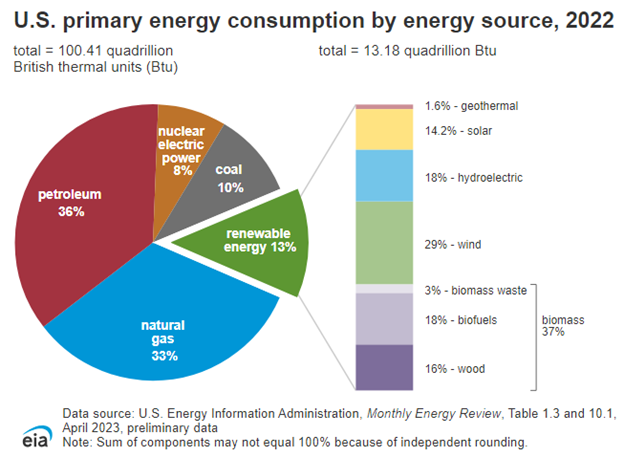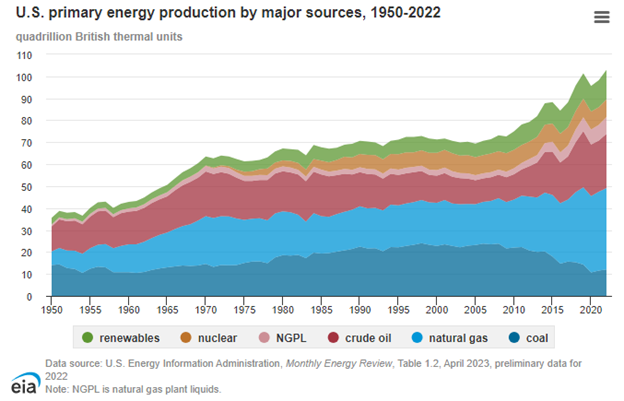Sarah Shinton of IndustryWeek tells her readers that advanced semiconductor equipment requires ten times more power, and the U.S. grid is not up to the task. She writes:
In 2022, the White House signed the CHIPS and Science Act into law, a bipartisan effort to increase domestic advanced semiconductor manufacturing. The legislation made a historic $52 billion investment in American semiconductor research, manufacturing and workforce development.
Over a year later, new projects are facing construction delays and permitting issues, raising concerns over efforts to expand domestic manufacturing despite legislative support. Worse yet, the country might be unable to generate enough electricity to power new fabrication plants, leaving billions of dollars in federal funds stranded and one of its most critical supply chains vulnerable. […]
Electricity Demands Increase Exponentially
TSMC has already begun construction on a 1,000-acre facility north of Phoenix, touted by President Biden as a crucial step towards creating a “vibrant domestic semiconductor ecosystem.” However, producing these small chips stateside presents one large challenge: The amount of electricity it takes to make them.
While manufacturing semiconductors has always been energy-intensive, the process is becoming even more so as chips are developed to be smaller and more powerful. The most advanced semiconductors require extreme ultraviolet (EUV) lithography machines, which use ultraviolet light produced by rapid-fired lasers to burn fine details on silicon wafers.
The Dutch company ASML, the only company producing these machines, just tripled its orders from manufacturers last quarter, indicating that the semiconductor industry is trending towards chips that use this technology. However, these machines consume 10 times as much power as earlier generations of equipment. Due to the vast amount of power needed to run EUVs, TSMC now consumes more electricity than some U.S. states. […]
Taiwan’s election in January demonstrates the vulnerability of semiconductor supply chains. Shortly before the election, China’s Taiwan Affairs Office called the vote a choice between “war” and “peace,” describing the now president-elect, William Lai, from the Democratic People’s Party, as an “instigator.” After Lai’s victory, China sent additional warships to patrol waters near Taiwan, with Beijing expected to continue ratcheting up the pressure. Chinese Premier Li Qiang recently unveileda report with tougher language around reunification, dropping the word “peaceful” found in previous state documents. While an actual invasion is not imminent, concerns around Taiwan’s future persist, demonstrating the desperate need to manufacture more semiconductors domestically and the urgency of generating more power to support this onshoring.
The Biden Administration says it would like to make semiconductors in America again. While the shift towards reshoring production will inevitably be long and gradual, electricity shortages may hamper this effort. Taiwan’s recent election should be a wake-up call—we need a grid that can power American manufacturing, or we risk facing cataclysmic supply chain disruptions.
Read more here.



